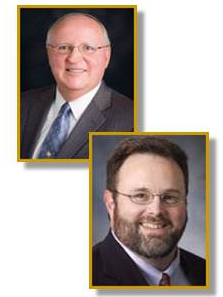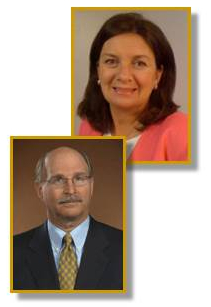
July 7, 2022
Fraud in the COVID Ecosystem:
Protect Your Family!
Session Overview

Any crises can bring out both the best and the worst in our society – learn how to protect your family from fraud:
- Prevention: How to prevent harm from fraudsters
- Preparedness: How to be prepared for fraud
- Protection: How to reduce harm if deceived
- Performance Improvement: Learning from others

Hear from those who have experienced fraud through testing initiatives, caregivers, and those disseminating disinformation and misinformation.
Go to https://www.medtacglobal.org/coronavirus-response/ for short videos covering the critical topics. Join as we focus on family Readiness, Response, Rescue, Recovery, and Resilience.
We offer these online webinars at no cost to our participants.
Webinar Video, and Downloads
Webinar Video:
Speaker Slide Set:
Click here to download the combined speakers’ slide set in PDF format – one (1) slide per page.
Click here to download the combined speakers’ slide set in PDF format – one (4) slides per page.
Learning Objectives
- Awareness: Participants will to learn about the many ways fraudsters cause harm.
- Accountability: Participants will to learn who should be accountable to address harm in the family and organization ecosystems.
- Ability: Participants will to learn what resources may be available to reduce harm from fraudsters.
- Action: Participants will to learn line-of-sight actions they may take to reduce harm to their families and organizations
To request a Participation Document, please click here.
The CAREUniversity Team of TMIT Global, approved by the California Board of Registered Nursing, Provider Number 15996, will be issuing 1.5 contact hours for this webinar. TMIT Global is only providing nursing credit at this time.
Session Speakers and Panelists
Resources & In the News

Blog Transcript: